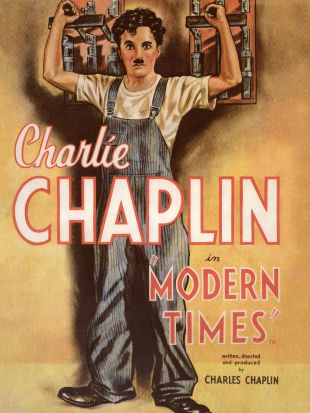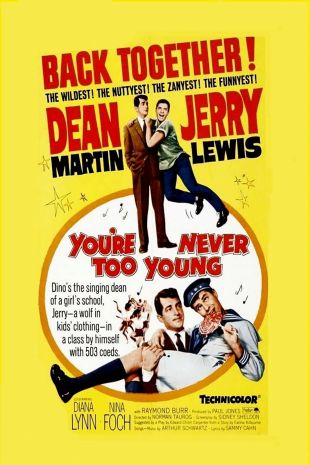Bobby Barber was in at least 160-odd movies and television shows that we know about; there's no telling the actual number of films that this bit player -- who was almost more recognizable for his round face (topped with a bald head) and large, round, bulging eyes than for his voice -- actually showed up in. And for all of those dozens upon dozens of appearances, his only regular, prominent screen credits derived from his work in connection with a pair of comedians for whom he played a much more important role offscreen.
Barber was a character actor and bit player, born in New York in 1894, who had some experience on-stage before coming to movies in the 1920s. His earliest known screen credit dates from 1926, in the Lloyd Hamilton feature Nobody's Business, directed by Norman Taurog; Taurog was also the director of the next movie in which Barber is known to have appeared, The Medicine Men (1929), starring the comedy team of Bobby Clark and Paul McCullough (which also included a young Sylvia Field and Symona Boniface). By the 1930s, Barber had moved up to bit parts in major films, including the Marx Brothers features Monkey Business (1931) and Horse Feathers (1932). Virtually all of Barber's work was uncredited, as he bounced between feature-film roles that involved perhaps a single scene and shorts -- the latter starring such popular funnymen of the time as Andy Clyde and Harry Langdon -- that gave him somewhat more to do. Sometimes Barber was little more than a face, albeit a funny, highly expressive face, in a crowd, as in his jail-cell scene in Pot o' Gold (1941). He played innumerable waiters and shopkeepers, sometimes with accents such as his thick Italian dialect in his one scene (albeit an important one) in Boris Ingster's Stranger on the Third Floor. In 1941, Barber began working with Bud Abbott and Lou Costello, a pair of burlesque comics who had just burst to stardom on the screen. He shows up as one of the sailors in the finale of their movie In the Navy, and the radio engineer who gets a comical electric shock from Costello's antics in Who Done It? In later movies with the duo, Barber would even get a line or two, as in Abbott and Costello Meet Frankenstein (1948), in which he plays a waiter in a scene with Lon Chaney Jr. But his work for the pair involved far more than these bit parts -- Barber was basically kept on the Abbott and Costello payroll to be their resident "stooge," to hang around and help them work out gags, and also to work gags on them and on anyone else working with and for them, so that the performances on film would never seem stale. Barber is highly visible in a pair of outtakes from Abbott and Costello Meet Frankenstein, playing gags on Costello and also on Bela Lugosi. Barber and Costello (who was the more outgoing of the pair) had an especially close backstage friendship, whether playing cards or playing practical jokes on each other. This relationship eventually came to be reflected onscreen when The Abbott & Costello Show went into production in 1952. Barber was in most of the episodes, sometimes playing as many as three different roles in a single 25-minute show; he can also be spotted, from the back, no less -- his physique and walk being that distinctive -- in one episode ("Hillary's Birthday") in the establishing shot of the supermarket.
Barber kept working in feature films during the later part of his career, again portraying countless waiters, bellhops, and even a cart driver in the high-profile MGM production Kim (1950). He could play sinister, as in The Adventures of Superman episode "Crime Wave," or just surly as in the underrated Western A Day of Fury. He moved on to working with Dean Martin and Jerry Lewis as well, in Pardners (1956) (directed by Norman Taurog), and also showed up in serious dramas such as Career (1959) and To Kill a Mockingbird (1962), as well as Elvis Presley's pictures (Blue Hawaii). But it was Barber's interactions with Lou Costello, right up to the latter's final film (The 30 Foot Bride of Candy Rock), with which he is most immortalized, especially on the two seasons of The Abbott & Costello Show (where his real name was even once used, in a comedic variant -- "Booby Barber" -- in a sketch that didn't involve him).


